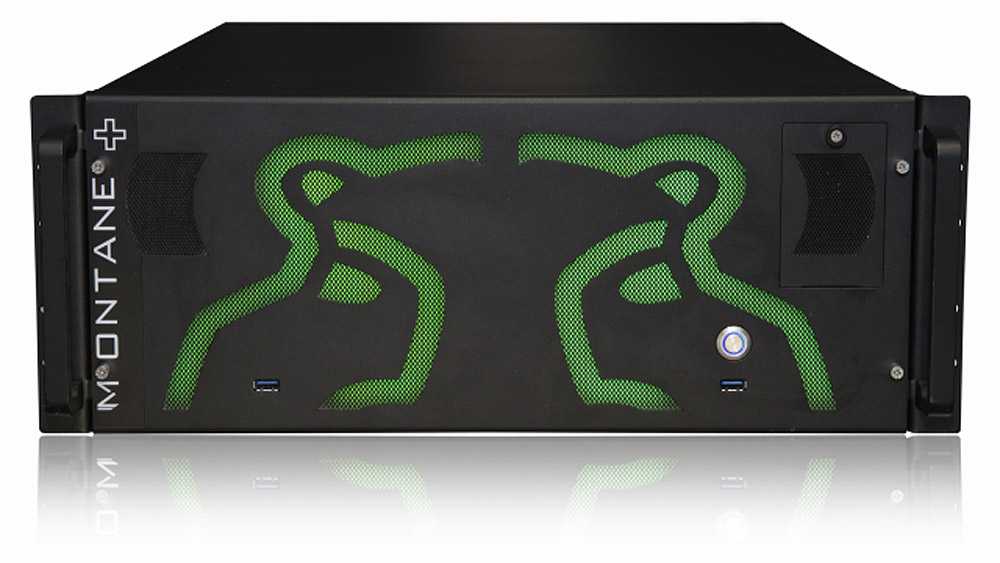Green Hippo’s FlexRes codec fills the HAP gap
- Details

LSi: For those who might not know, can you please explain the importance of codecs and what the HAP codec is?
Sean Westgate: “To get maximum playback performance in real-time, video clips need to be compressed using a codec. This reduces their file size and they can be handled more easily, loaded faster and, with the right playback architecture, played back with less overhead. This is what the HAP codec is really good at - as it’s based on a graphics card-based compression technology, there is an optimal balance between file size and decompression speed allowing media servers to play out many more pixels than before. So, HAP is doing a great job and thanks to Tom Butterworth, who gave this QuickTime codec to the industry for free, it’s very popular as it finds this sweet spot between quality and playback performance.”
LSi: Why and when did Adobe drop HAP support?
SW: “Well, strictly speaking, Adobe doesn’t have anything to do with the HAP codec directly. Adobe supports QuickTime and the HAP codec is based on QuickTime 7. As this is now a pretty old standard, Adobe announced that from 24 April it would no longer support QuickTime 7, and in turn HAP doesn’t work anymore. With the newer versions of QuickTime it’s much harder to write third party plugins, so it remains to be seen if we will see new codecs coming out that are suitable for our industry.”
LSi: Green Hippo’s FlexRes codec allows those using Hippotizer products to continue to work uninterrupted - can you elaborate on this please? What is the FlexRes codec?
SW: “Indeed, Hippotizer is not affected by this change. We recognised early on that video playback is at the heart of our product and to be able to have full control over performance, stability and continuity, we invested early on in our own codec family, FlexRes. It has a range of codecs and options allowing users full control from small file sizes to uncompressed, and to control different colour spaces and types of compression. There is no ‘one-size-fits-all’ codec, which is why we developed a whole family. Without the QuickTime framework, we also had to develop encoding tools that integrate into the Adobe products; standalone batch encoders and scripts that integrate into render server farms. Plus, a standalone preview player so you can look at your encoded files easily.Today we have a seamless content creation pipeline from content creator directly into the Hippotizer media server that is fast, reliable and does not depend on third party frameworks such as QuickTime.”
To find out more about FlexRes and the Green Hippo product line, visit the www.green-hippo.com
















